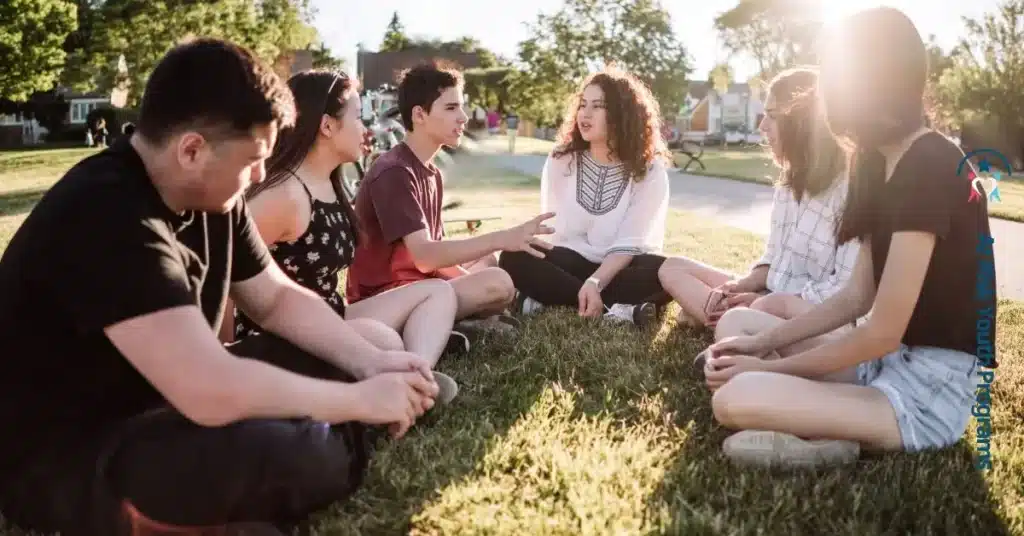24/7 Helpline:
(866) 899-221924/7 Helpline:
(866) 899-2219
Learn more about Bipolar Disorder Treatment centers in Shady Grove
Bipolar Disorder Treatment in Other Cities

Other Insurance Options

BHS | Behavioral Health Systems

Excellus

EmblemHealth

Cigna

Providence

Evernorth

Magellan Health

PHCS Network
Beacon

Sliding scale payment assistance

Premera

State Farm

Sutter

Multiplan

AllWell

Group Health Incorporated

Molina Healthcare

Highmark

United Health Care

Humana












